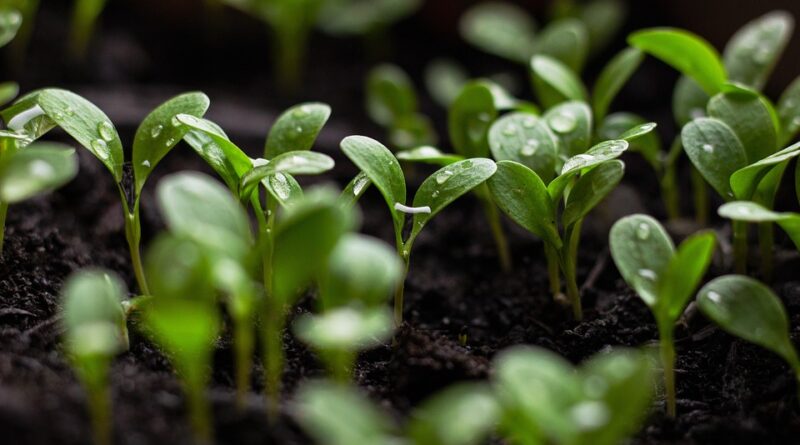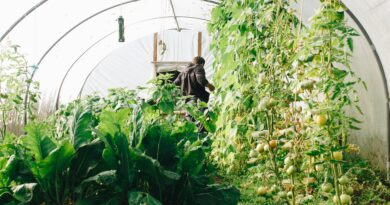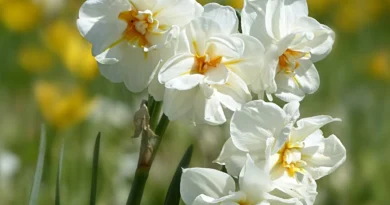Exploring the Art of Urban Gardening: The Green Revolution in Cities
Table of Contents
ToggleI. Introduction
A. Hook the reader with an engaging opening statement or question
In the heart of bustling metropolises, where the concrete jungle dominates, a silent revolution is taking root. Imagine turning the gray monotony into vibrant greenery, where every window, balcony, and rooftop becomes a canvas for nature’s artistry. Are you ready to embark on a journey that transforms urban spaces into lush paradises?
B. Provide background information on the topic
Urban gardening, once seen as a niche pursuit, is now emerging as a transformative movement, bridging the gap between urban living and nature. As our cities expand, so does the need for sustainable practices, and urban gardening offers a refreshing solution.
C. State the purpose and main points of the article
This article delves into the intricate world of urban gardening, unraveling its benefits, exploring space-saving techniques, advocating sustainable practices, and addressing the challenges one may encounter. By the end, you’ll not only understand the art but also be inspired to cultivate your own green oasis in the midst of the urban hustle.
II. Urban Gardening: Transforming Concrete Jungles into Lush Green Paradises
A. Benefits of Urban Gardening
Increasing access to fresh produce in densely populated areas
Urban gardening is a revolutionary answer to the perennial question of food deserts. Cultivating veggies locally ensures a fresh supply, fostering a healthier lifestyle for city dwellers.
Enhancing urban aesthetics and reducing pollution
Beyond the practical, urban gardens bring an aesthetic appeal, combating the visual pollution of city life while acting as green lungs that purify the air we breathe.
B. Urban Gardening Techniques for Limited Spaces
Vertical gardening utilizing walls and trellises
Think of your walls not just as boundaries but as canvases for a green masterpiece. Vertical gardening maximizes space, allowing plants to climb and thrive where traditional gardens cannot.
Container gardening for balconies and rooftops
Balconies and rooftops become microcosms of biodiversity with container gardening, enabling a vibrant blend of flora even in the most confined spaces.
III. Sustainable Practices for Urban Gardening
A. Water Conservation
Collecting rainwater for irrigation
Turn rainy days into a boon for your garden by collecting rainwater. Harnessing this natural resource minimizes dependency on conventional water sources.
Using efficient drip irrigation systems
Precision is the key – drip irrigation systems ensure that every drop counts, promoting water conservation in urban gardens.
B. Soil Management
Composting to enrich urban soil
Decomposable waste transforms into nutrient-rich compost, rejuvenating urban soil and promoting a sustainable cycle within the confined gardening spaces.
Utilizing raised beds or container gardening
Elevate your gardening game with raised beds or containers, offering greater control over soil quality and reducing the strain on urban grounds.
IV. Overcoming Challenges in Urban Gardening
A. Limited Space
Utilizing vertical space with hanging planters
When horizontal space is a luxury, explore the vertical frontier with hanging planters, cascading a symphony of greenery.
Creating community gardens for shared resources
Unite with neighbors to form community gardens, pooling resources and knowledge to create shared green havens that benefit all.
B. Urban Wildlife
Implementing natural deterrents
Coexisting with urban wildlife requires strategic planning – natural deterrents like certain plant species or non-invasive barriers can keep both flora and fauna thriving harmoniously.
Choosing plant varieties that are resilient to local wildlife
Opt for plant varieties resistant to local wildlife, creating a balanced ecosystem within your urban garden.
V. Conclusion
Urban gardening is not just a hobby; it’s a transformative force, offering health, sustainability, and beauty to the concrete landscapes we navigate daily. By embracing innovative techniques and sustainable practices, we can create urban sanctuaries that enhance our lives and the environment.
The importance of urban gardening extends beyond personal satisfaction; it’s a collective effort to redefine city living, making it greener, healthier, and more sustainable for future generations.
As you navigate the urban jungle, consider planting the seeds of change in your own space. Join the green revolution – start your urban garden today.
VI. Frequently Asked Questions (FAQ)
Can urban gardening be done without access to outdoor spaces?
Yes, container gardening and vertical gardening offer options for those without traditional outdoor spaces.
How can I ensure the success of my urban garden?
Proper planning, regular maintenance, and selecting suitable plant varieties for your location are key to a successful urban garden.
Is urban gardening only limited to growing vegetables?
No, urban gardening encompasses a wide range of plant types, including flowers, herbs, and even fruits.
What are the potential environmental benefits of urban gardening?
Urban gardening can help reduce the urban heat island effect, improve air quality, and promote biodiversity in cities.




